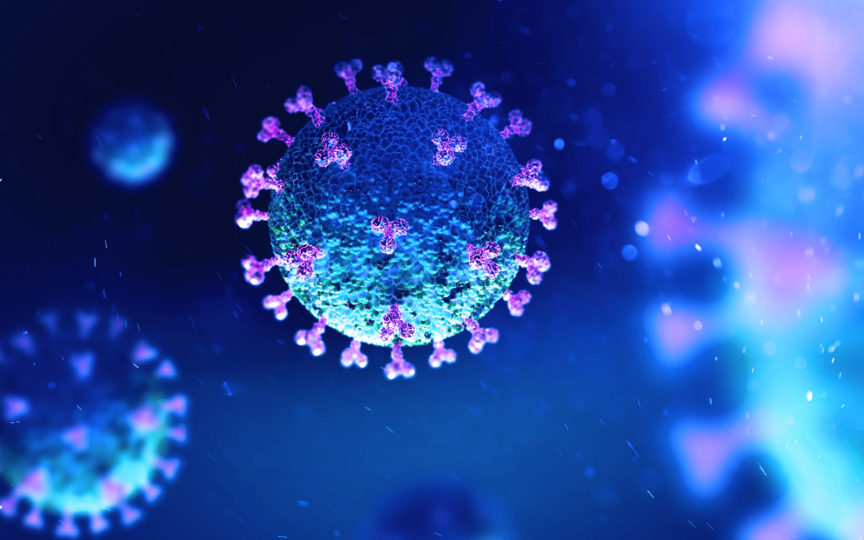All health care personnel in Phase 1A of the COVID-19 vaccine distribution are now eligible to get immunized, provided there are enough doses in the region, the County Health and Human Services Agency announced today.
The County is following federal and state guidelines and working with the County’s COVID-19 Vaccine Clinical Advisory Group to determine vaccine allocation.
An estimated 500,000 people in San Diego are eligible in the three tiers of Phase 1A vaccination distribution cycle. At least 120,000 COVID-19 doses have been delivered to the region. That figure does not include some health care providers since they receive their vaccine directly from the manufacturer or the distributor.
“We still don’t have vaccines available for the general public, so we’re asking San Diegans to be patient,” said Wilma Wooten, M.D., M.P.H., County public health officer. “When we do, we will let them know where they can get vaccinated.”
Health care personnel in Phase 1A who are interested in getting vaccinated should contact their health care provider to find out if they have any doses available.
Health care professionals can find out immunization opportunities by filling out the registration form for health care professionals.
To date, about 51,000 San Diegans have received their first dose of the COVID-19 vaccine. The total only includes vaccines that have been recorded in the San Diego Immunization Registry, which typically lags several days behind. Also, some health care providers, including Veterans Affairs, the Department of Defense, some tribal entities and prisons do not report to the immunization registry.
After health care personnel and long-term care facility residents and employees in Phase 1A, the next to be vaccinated will be Phase 1B. These are people at higher risk for severe disease or death from COVID-19 due to age or other factors and essential workers.
As other pharmaceutical companies receive emergency use authorization from the U.S. Food and Drug Administration, more vaccine will arrive in the region.
When the vaccine is available to the general public, which is expected to happen in spring 2021, people will be able to get the vaccine from their health care provider, local pharmacies, community clinics or County vaccination sites. In some cases, employers may provide them to employees.
Until vaccines are more widely available and herd immunity is achieved, County health officials urge San Diegans to follow the public health guidelines that have been proven to slow the spread of the novel coronavirus. You should:
- Keep your distance from others and leave your household only for essential activities
- Wear a mask
- Wash your hands
- If you’re sick, get tested, and then stay home and isolate yourself
For more information about COVID-19, testing locations and vaccine distribution, visit www.coronavirus-sd.com.
ICU Capacity and Stay Home Order:
- The current intensive care unit (ICU) bed availability for the Southern California region is 0.0% and will be updated by the state daily.
- The Regional Stay Home Order is in effect and prohibits gatherings of any size with people from other households and adds restrictions for multiple sectors.
- The order will last until the region’s ICU availability meets or exceeds 15%.
Community Setting Outbreaks:
- Nine new community outbreaks were confirmed on Jan. 5: four in business settings, two in emergency services settings, two in faith-based settings and one in a government setting.
- In the past seven days (Dec. 30 through Jan. 5), 42 community outbreaks were confirmed.
- The number of community outbreaks remains above the trigger of seven or more in seven days.
- A community setting outbreak is defined as three or more COVID-19 cases in a setting and in people of different households over the past 14 days.
Testing:
- 26,320 tests were reported to the County on Jan. 5 and the percentage of new laboratory-confirmed cases was 14%.
- The 14-day rolling average percentage of positive cases is 13.4%. Target is less than 8.0%.
- The 7-day, daily average of tests is 22,961.
- People at higher risk for COVID-19 who are with or without symptoms should be tested. People with any symptoms should get tested. Healthcare and essential workers should also get a test, as well as people who have had close contact to a positive case or live in communities that are being highly impacted. Those recently returned from travel, or who participated in holiday gatherings, are also urged to get tested.
Cases:
- 3,815 cases were reported to the County on Jan. 5. The region’s total is now 176,662.
- 6,116 or 3.5% of all cases have required hospitalization.
- 1,253 or 0.7% of all cases and 20.5% of hospitalized cases had to be admitted to an intensive care unit.
Deaths:
- 37 new COVID-19 deaths were reported to the County on Jan. 5. The region’s total is now 1,691.
- 21 men and 16 women died between Dec. 29 and Jan. 5.
- Of the 37 new deaths reported today, four people who passed away were in their 90s, 11 people were in their 80s, 13 people were in their 70s, seven people were in their 60s and two people were in their 50s.
- 30 had underlying medical conditions and seven have medical history pending.
More Information:
The more detailed data summaries found on the County’s coronavirus-sd.com website are updated around 5 p.m. daily.






